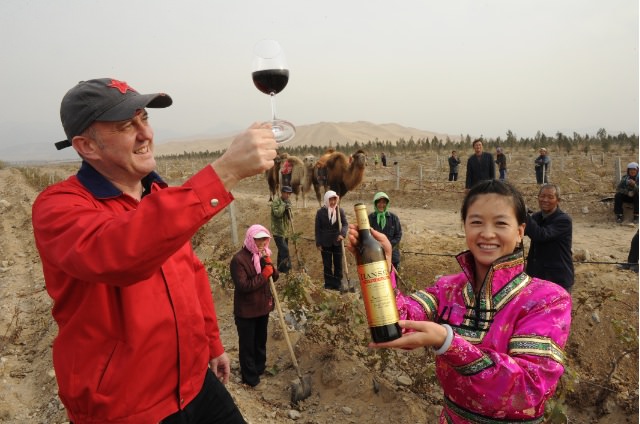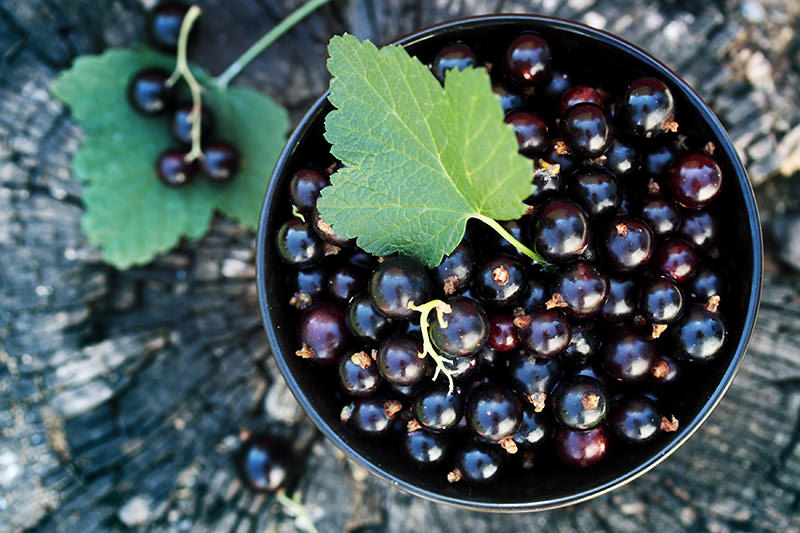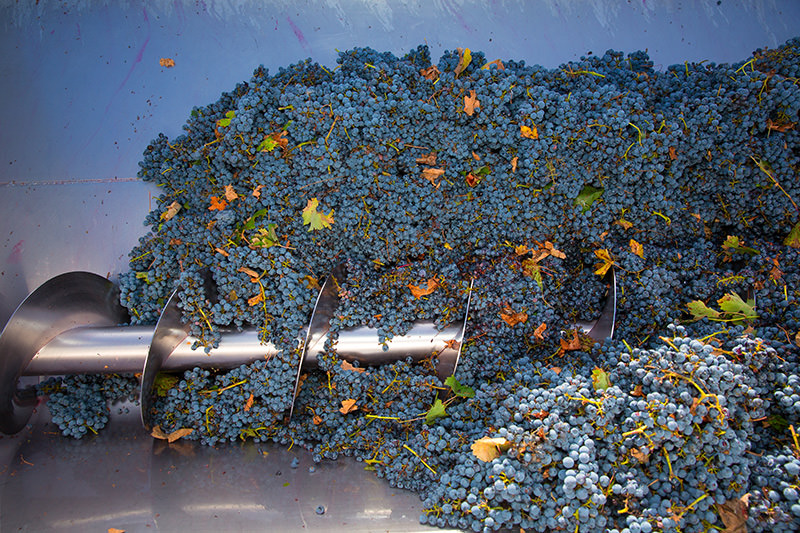Does Cabernet Sauvignon really need a day? It’s already one of the most popular wine grapes in the world, and it’s also best friends with steak. Do we really need to single it out every year on the last Thursday before Labor Day?
Yeah, we do. And not just because Cabernet is one of the most reliable, hearty, assertively flavorful wine grapes out there (ensuring that everyone all over the world can get a nice glass of dry red wine). Sure, Cabernet Sauvignon is a strong grape with awesomely thick skin (see below) and strong character. But lest what makes it special becomes just another wine caricature, we’re taking a little time out to pay some respect — and attention — to the idiosyncrasy, and legacy, of quite possibly the most famous red wine grape in the world.
Like Blue Ivy, Cabernet Sauvignon was born to be famous.
Yes, “born.” Cabernet Sauvignon is actually a hybrid, or genetic cross, between important wine parents Cabernet Franc and Sauvignon Blanc, both grapes used in the blends of the Bordeaux region (so Cabernet Sauvignon is a native Frenchman). But Cabernet stole the show. Next time you’re in a wine store, do a quick perusal to see how many bottles of each grape you find. (Spoiler alert: Cabernet Sauvignon’s gonna win.)
Cabernet Sauvignon is grown, like, everywhere.

Most of us associate Cabernet Sauvignon with France — where it plays a huge role in the fame of Bordeaux — and the Napa and Sonoma Valleys. But Cabernet is produced in almost every wine-growing region in the world. Seriously, New Zealand, Canada, Chile, even the Gobi Desert in China.
Cabernet is one hardy mother so-and-so.
The reason Cabernet can be grown across hemispheres is because the grape is highly adaptable to different weather conditions. On the North American content alone, Cabernet can survive in below-freezing temps in Niagara-on-the-Lake (north of Buffalo) and also grow in the dry shrublands of Deming, New Mexico. (It’s also grown in the highest vineyard in California for Shadow Mountain Cabernet Sauvignon.)
Like Kanye, Cabernet Sauvignon is ridiculously self-confident.
Wherever it goes, Cabernet is thoroughly itself. Whereas other grapes, like Chardonnay from Chablis, more readily take on the character of the region where they’re grown, Cabernet Sauvignon is assertive. It’s the guy who shows up at a Halloween party dressed as himself. Not that subtle variations won’t show up in Cabernet’s generally complex, dry flavor profile, but the backbone of strong tannin and powerful, semi-savory fruit flavor remains.
Speaking of flavor profile, Cabernet’s is understandably famous.

Read the back of the bottle, or dare to blurt out some descriptors yourself (do it!), and you’ll find adjectives ranging from cassis and black currant to oaky, toasty, and spicy to leather, tobacco, cocoa, and (for better or worse) green bell pepper. Cabernet Sauvignon has an assertive flavor profile, backed up by strong tannins from its thick skin, meaning winemakers can use it in blends (as well as by itself) and generally feel confident about what to expect.
Cabernet dominates two of the world’s most famous wine regions.
Cabernet Sauvignon is a key component of Left Bank Bordeaux (red wine blends), arguably the most famous wines in the world. Even if you don’t drink Bordeaux you’ve heard of the region’s ultra-fancy chateaux like Lafite-Rothschild, Margaux, and Latour. But Cabernet Sauvignon is also the darling of our very own all-American Napa Valley, where it is the most widely planted red wine grape.
A Napa Cabernet Sauvignon changed the wine world.
American-made wine didn’t used to get much respect. But in 1976, a bottle of 1973 Stag’s Leap Cabernet Sauvignon beat out the competition, including famous French red wines, to win the so-called “Judgment of Paris,” basically re-drawing the map of “important” wine regions and changing the valuation of American wines as we know it.
Like all of us in junior high, Cabernet’s thick skin helps it develop character.
A lot about a wine grape’s character comes from its skin — delicate like Pinot Noir, or, in the case of Cab Sauv, thicker and tannin-rich. It’s because of its thick skin that Cabernet can endure a variety of climates and also needs a longer time to ripen (and thus develop complexity) on the vine. It’s also because of those tannins in its thick skin that Cabernet is able to stand up to oak so well and provide a reliable source of tannin and dark fruit for a winemaker looking to add structure to a blend.
Like that cool uncle of yours, Cabernet Sauvignon will give you plenty of alcohol.

One of the reasons you don’t often see a Cabernet with just 11 or 12 percent alcohol is because of the grape’s thick skin and longer-ripening season. The longer a grape ages, the more time it has to develop sugars that our hero winemaker turns into alcohol. Cabernet Sauvignon tends to stay on the vine late into the growing season, meaning once we pick it, it’s packing power. French Cabernet — which, again, you’ll find in those fancy Bordeaux blends — tends to be lower alcohol at 13 or 13.5 percent, while California Cabs can get as high as 15 percent and above.
The force is strong with Cabernet. So to speak.
Cabernet has seen an almost 20 percent increase in sales in the United States from 2008 to the spring of 2015, going from 21 to 25 million buyers. It accounted for 16 percent of all wine sales in the U.S. in 2015, second only to everyone’s favorite oak-bomb-candidate, Chardonnay, at 19.2 percent. We clearly still loves us some Cabernet.

